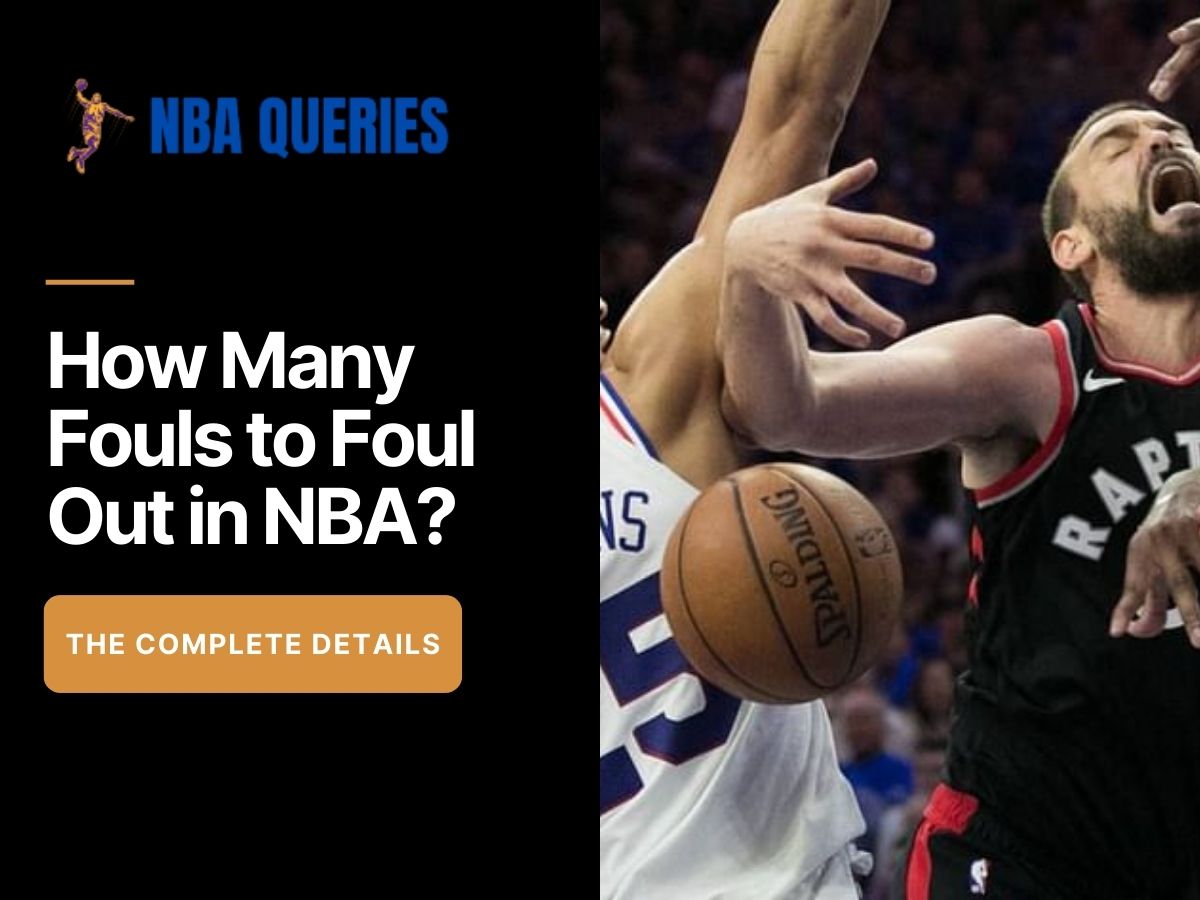In the fast-paced world of professional basketball, fouls play a crucial role. They can swing the momentum of a game, impact player rotations, and ultimately decide the outcome. But how many fouls does it take for an NBA player to foul out? Let’s delve into the intricacies of this rule and explore the impact it has on the game.
The Basics: Personal Fouls and Technical Fouls
Before we dive into the specifics, let’s clarify the two main types of fouls in the NBA:
- Personal Fouls: These are the most common fouls. They occur when a player makes illegal physical contact with an opponent. Personal fouls can happen during shooting attempts, while defending, or even away from the ball. Each player accumulates personal fouls throughout the game.
- Technical Fouls: Technical fouls are called for unsportsmanlike behavior, such as arguing with referees, taunting opponents, or hanging on the basket ring. Unlike personal fouls, technical fouls are not related to physical contact during gameplay.
The Magic Number: Six Personal Fouls
Now, let’s address the burning question: How many fouls does it take to foul out in the NBA? The answer lies in the rulebook. An NBA player is considered to have fouled out after committing six personal fouls. These fouls can be a mix of personal and technical fouls. Here’s how it works:
- A player can commit up to five personal fouls before facing disqualification.
- If a player accumulates a sixth personal foul, they must leave the game and cannot return.
- Technical fouls count toward the total, so a combination of personal and technical fouls can lead to disqualification.
Strategic Implications
The six-foul limit significantly impacts team strategy and player rotations. Coaches must carefully manage their players’ foul counts to avoid losing key contributors. Here are some strategic considerations:
- Rotations: Coaches monitor foul counts to decide when to rest players. Keeping star players on the court while managing their fouls becomes a delicate balancing act.
- Foul Trouble: When a player accumulates early fouls, coaches may bench them temporarily to prevent disqualification. This decision affects the team’s performance and defensive capabilities.
- Hack-a-Shaq Strategy: In close games, intentionally fouling poor free-throw shooters (like Shaquille O’Neal in his prime) can disrupt opponents’ rhythm. However, this strategy risks foul trouble for the defending team.
Technical Fouls and Immediate Disqualification
While personal fouls accumulate gradually, technical fouls can lead to immediate disqualification. Here’s how:
- Two Technical Fouls: If a player receives two technical fouls during a game, they are ejected immediately. These fouls often result from arguing with referees or displaying unsportsmanlike behavior.
- Flagrant Fouls: A particularly aggressive foul—known as a flagrant foul—can also lead to immediate ejection. Flagrant fouls endanger opponents’ safety and result in severe penalties.
Statistics and Memorable Moments
Now that we’ve covered the basics of fouling out in the NBA, let’s explore some fascinating statistics and memorable moments related to this rule:
- Foul Leaders: Throughout NBA history, several players have pushed the limits of the six-foul threshold. Some legendary big men, like Shaquille O’Neal and Wilt Chamberlain, often danced on the edge of disqualification. Their physical dominance sometimes led to foul trouble, but coaches hesitated to bench them due to their impact on both ends of the court.
- The Hack-a-Shaq Era: We mentioned the “Hack-a-Shaq” strategy earlier. Coaches intentionally fouled Shaquille O’Neal—a dominant center with notoriously poor free-throw shooting—to disrupt his rhythm. The logic was simple: force him to the free-throw line, where he struggled, and reduce his effectiveness. However, this strategy had its risks. If the opposing team executed it too early, Shaq could foul out, leaving his team vulnerable.
- Playoff Intensity: The stakes are higher in the NBA playoffs. Teams fight tooth and nail for every possession. As a result, foul trouble becomes even more critical. Imagine a star player—one who averages 20 points per game—sitting on the bench during a crucial playoff matchup because of foul disqualification. It can swing the series.
- The Emotional Toll: Foul trouble affects players mentally. Imagine being a defensive anchor, guarding the opposing team’s best scorer. You’ve already committed four fouls, and the game is in crunch time. Do you play aggressively and risk fouling out, or do you ease up and potentially allow a crucial basket? The mental battle is real.
The Evolution of Rules
The NBA continually evaluates its rules to maintain an exciting and fair game. Here are some notable rule changes related to fouls:
- Hack-a-Shaq Rule: In 2016, the NBA implemented a rule to discourage intentional fouling away from the ball. If a team intentionally fouls an opponent who doesn’t have the ball during the last two minutes of a quarter, the fouled team receives one free throw and retains possession. This change aimed to reduce deliberate fouling and keep the game flowing.
- Flagrant Foul Review: Flagrant fouls—those that endanger opponents—can now be reviewed via instant replay. Referees assess the severity and intent before making a decision. This ensures fairness and player safety.
- Six Fouls for Everyone: Historically, the NBA allowed only five personal fouls for players in regulation time but allowed an extra foul in overtime. However, since the 2015-2016 season, all players face the same six-foul limit, regardless of game duration.
The Human Element
Remember, behind the stats and rules are human emotions. Players feel the pressure, coaches strategize, and fans hold their breath during crucial moments. The six-foul rule adds drama, intensity, and unpredictability to each game.
So, next time you watch an NBA game, appreciate the delicate balance between aggression and restraint. And when a player fouls out, know that they gave their all—sometimes a little too much—for the love of the game.

